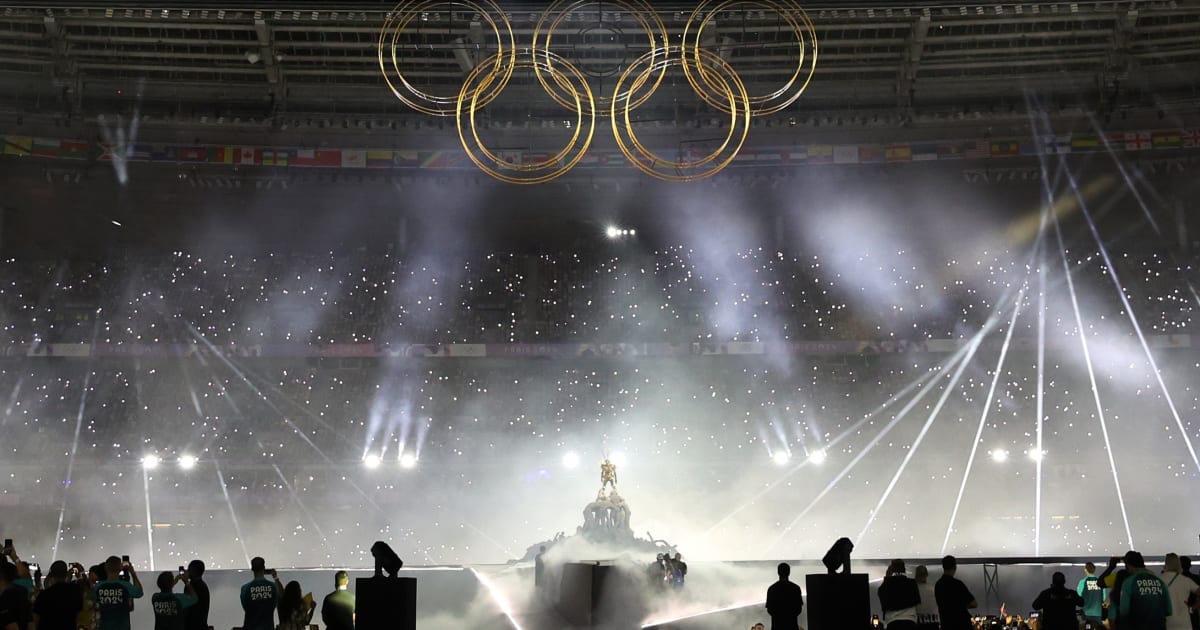Sustainability goals reached for Paris 2024
One of the key parts of the strategy for Paris 2024 was environmental strategy, as part of its commitment to Olympic Agenda 2020.
Compared to the London 2012 and Rio 2016 Games, Paris 2024’s carbon footprint was halved, taking into account all carbon emissions, direct and indirect, including spectator travel.
The Games’ target was 1.75 million tonnes of CO2 equivalent, and the final reported figure was 1.59 million tonnes of CO2 equivalent. The average for both 2012 and 2016 was 3.5 million.
This was achieved in large part by relying on existing or temporary infrastructure, with only the Olympic Aquatics Centre as well as the Olympic Village and Media Village being built specifically for Paris 2024. The Olympic Village has since been transformed into a fully accessible neighbourhood in Seine-Saint-Denis where 6,000 residents can live and will be opened at the end of August 2025.
Paris 2024 had an environmentally friendly circular model, which saw the use of temporary infrastructure, furniture, uniforms, equipment, et cetera.
Some 90 per cent of the items used for the Games, including sports equipment, uniforms, and other symbolic objects, were returned to partners and suppliers to be reused. The other 10 per cent were donated to sports clubs and associations or resold at auctions.
In addition, 100 per cent of the energy used was from renewable sources.
- Read more about Paris 2024’s sustainability report here.
